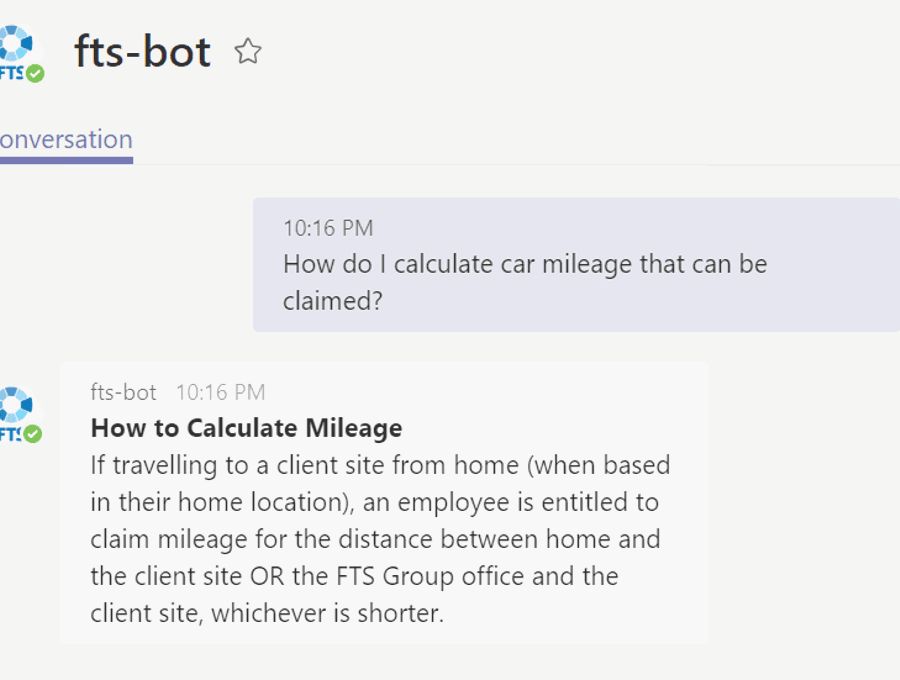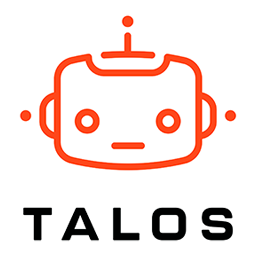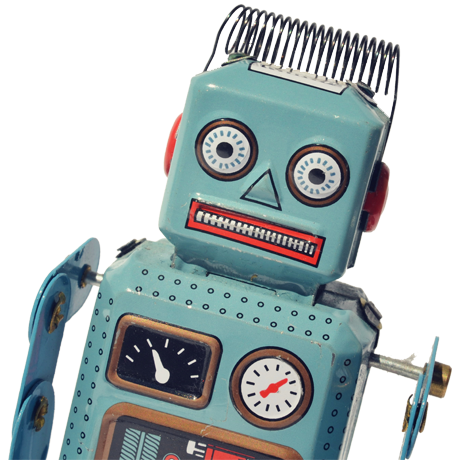
Published: 04 Oct 2018 | Author: James Beresford
Most retail websites have a chat channel these days and more often than not, there isn’t a human being on the other end. A trained computer program, i.e. a chatbot, performs the mundane job of answering repetitive questions and never gets tired of doing it. In some cases, the chatbot performs tasks that would’ve been time-consuming for a human being in a matter of seconds. And this experience is only going to get richer for the user over time.
Organisations that are looking to leverage chatbots to bring efficiencies into their customer-centric processes can gain valuable expertise by first building an inward-facing chatbot that assists their staff. By building a chatbot that employees can communicate with, the organisation can provide a valuable service to its staff and in the process, get a detailed understanding of the methodologies & tools required to build a productive chatbot. These learnings can then be applied to chatbots that are made available to customers.
The primary use case for building a bot is automating repetitive manual tasks. In the case of a chatbot, a good use case is to help in answering questions that a user would usually search in a published document. Most organisations have an internal Wiki page or a corporate policy document which staff needs to manually trawl through periodically to get answers to specific questions. Getting a chatbot to simplify this process and making it efficient can help improve staff productivity.
The technical services and tools required to build a chatbot are now mature. Microsoft’s Azure Bot Service facilitates building & deploying a chatbot and integrating it with knowledge bases stored in cognitive services such as QnA Maker. Once the chatbot has been published, it can be integrated with chat channels such as Skype for Business & Teams.
Once a chatbot that can answer questions from a knowledge base has been built, it can be made more intelligent by integrating it with cognitive services such as LUIS (Language understanding intelligent service). This makes the chatbot responsive to actual intents deciphered from the conversation. The models that power these cognitive services are constantly learning, thereby making the chatbots more responsive over time.
Once an organisation successfully implements such an inward-facing chatbot, building a customer-facing chatbot becomes a natural extension. The organisation can then look to implement more complex process flows & integrations with internal systems such as CRMs to improve the overall user experience.
At Talos, we practice what we preach. We’ve developed a chatbot named ‘fts-bot’ which we’ve integrated with our Teams chat channel. The fts-bot can answer questions from FTS’s employee handbook thereby eliminating the need for staff to manually search a PDF document. Our staff, especially those who haven’t had a lot of interactions with chatbots, have found this experience productive, and we continue to receive new ideas from technical & non-technical staff.
Chatbots will become ubiquitous on the internet in the future. They will offer customers a personalised user experience and continue to learn with each interaction. Food for thought – which time-consuming process do you currently follow that could be optimised by having a chatbot assist you? Please comment.

Get the latest Talos Newsletter delivered directly to your inbox
Automation & Analytics Technologies for Business

Using our EPIC methodology guiding you to deliver outcomes quickly and cost effectively.

Specialising in all customer-related processes, she has been trained to quickly learn specific customer processes.

Specialising in all invoice-related processes, he has been trained to quickly learn specific invoice-related processes.

Enable self service analytics to meet the needs of the whole organisation with our proven methodologies.
